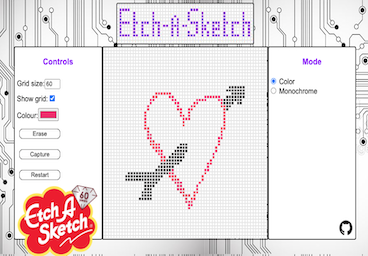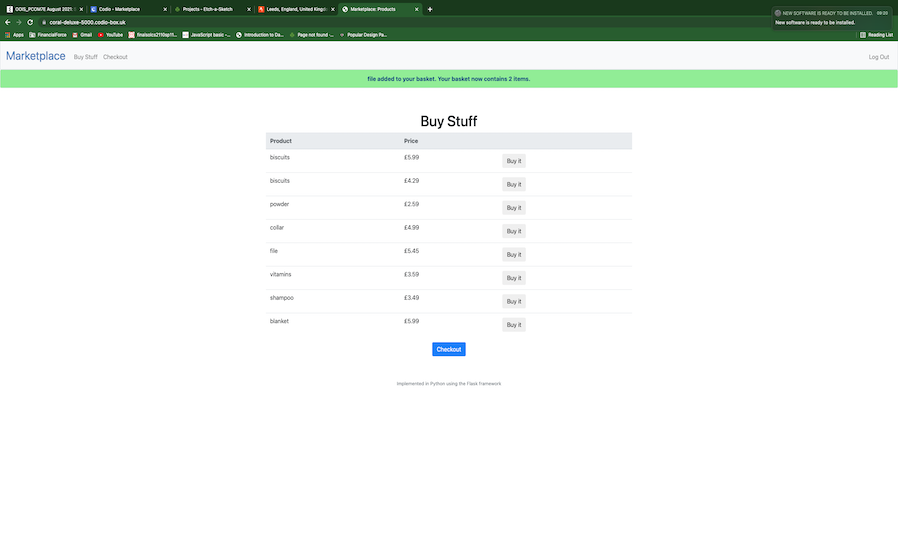Learning Outcomes
1. Critical understanding of Information Systems Design: Demonstrated through the appraisal and evaluation of the concepts and principles of information systems, specifically discussing a number of information systems failures.
2. Understanding Object-Oriented Design Principles: Demonstrated by discussing and documenting an object-oriented information system using appropriate tools, like UML diagrams.
3. Designing and Object-Oriented Information System: Demonstrated through the design of an object-oriented information system based on a number of business requirements, using UML diagrams and design documentation.
4. Object Oriented Development: Demonstrated through the implementation of an object-oriented information system design, using Python and SQL to produce "Marketplace", a Flask web application.
Reflections, Thoughts & Writings
Object Oriented Information Systems - UML Class Diagrams: My initial attempt to produce a class diagram for a supermarket, and my thoughts on the usefulness of UML and the difficulties I encountered in the process.
Alternatives to SQL: A short post on the advantages presented by MongoDB, a document-oriented NoSQL database.
Artifacts
1. Example of Information Systems Failure: PDF here
2. Polymorphism and Encapsulation coding challenges: Github Repo
3. UML class diagram for "Marketplace": Class diagram
4. UML sequence diagram for purchasing a product in "Marketplace": Sequence diagram
5. UML state diagram following the states of an "order" in "Marketplace": State diagram
6. Python + SQL implementation of "Marketplace": Github Repo and README
Final Reflection
Object-Oriented Information Systems: End of Module Reflection
Skills Matrix: Evaluation of my Skills at the end of the module

